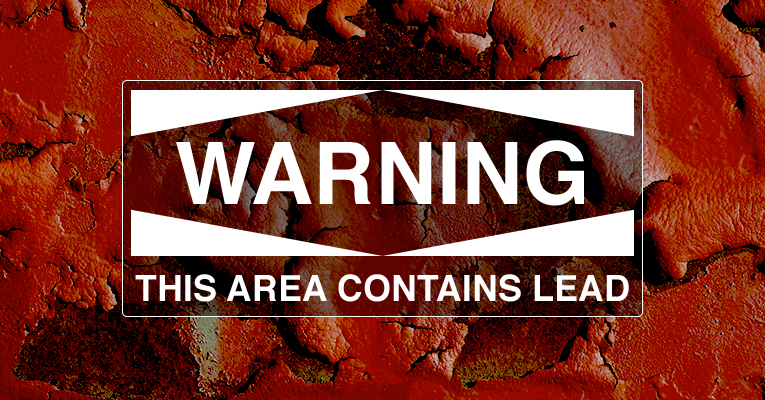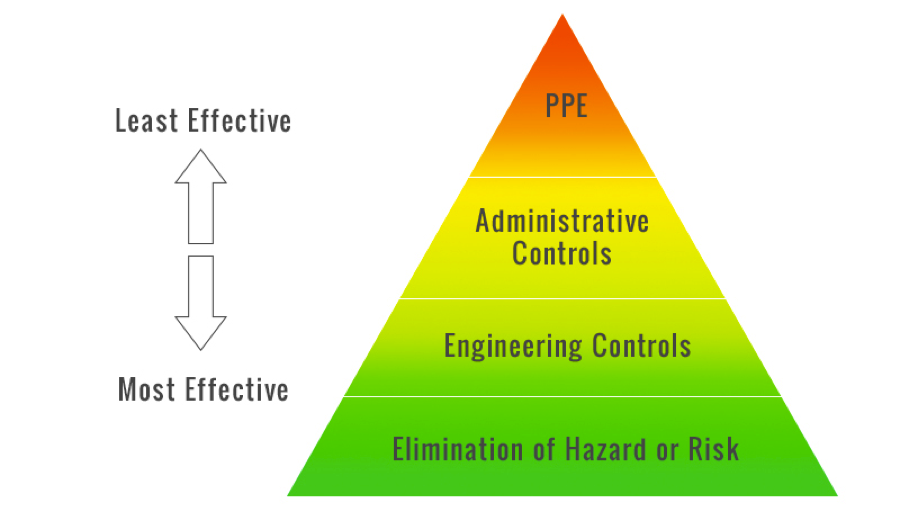The nation’s transportation infrastructure wouldn’t be there without the hardworking men and women who braved the dangers involved in building it. And sadly, there are plenty of them. Falls from elevation, access issues, exposure to lead-based paint, and of course vehicle traffic, can all threaten safety on transportation infrastructure jobs.
The nation’s transportation infrastructure wouldn’t be there without the hardworking men and women who braved the dangers involved in building it. And sadly, there are plenty of them. Falls from elevation, access issues, exposure to lead-based paint, and of course vehicle traffic, can all threaten safety on transportation infrastructure jobs. But if citizens expect quality work to be done on the bridges and roads that connect them, real attention must be paid to alleviating these dangers.
The sad truth is that there were 609 work zone fatalities in 2012, according to the National Highway Traffic Safety Administration. Of those that died, 133 were workers at these sites. That number was up from the previous year. If we except quality work from those who call the road their office, it’s time to start thinking about how we can make it a safer place to be. For comprehensive traffic control standards, managers of roadwork jobs should always consult the Manual on Uniform Traffic Control Devices. Here are some main points to consider in the meantime.

1. Close the road and detour when possible
Closing roads and establishing detours during construction is the safest option for workers. Where it is feasible it should always be the go-to strategy. There may be concerns of unreasonably inconveniencing commuters, even to the point of fearing public backlash, but there are ways to go about mitigating these concerns.
A good public relations strategy can go a long way. And thanks to the Internet, this doesn’t have to be a huge investment in time or money. If your organization has a website or Facebook page, consider keeping the public informed on the reason for the closure, its expected duration and viable detours. A little information goes a long way toward building empathy for those working hard on improving the roadway.
2. Barriers
Barriers are engineered controls to protect workers from traffic. If you’re familiar with our on-site safety layers of protection, you’ll remember that engineered controls are slightly less effective than a complete elimination of the hazard or risk, which, in the case of traffic, would be the step mentioned above.
Since traffic cannot be completely rerouted in all situations, barriers are essential to protecting workers. Rigid barriers, such as concrete barricades, should provide separation between opposing lanes of traffic or between traffic lanes and the work area. Flexible barriers should only be used as channelizing devices for traffic.
3. Work hours
Roadwork managers often make the decision to perform work at night in order to avoid peak traffic. In addition to reduced visibility on roadways, decision-makers often underestimate the limitations this puts on the time workers have to spend on their projects. By the time traffic control and containment measures are in place, crews may only have four to five hours left in a given shift to accomplish their portion of the job. It is crucial that this time reduction is accounted for when working towards a completion deadline.
Natural cycles of sleep and wakefulness are also disrupted when working overnight, which can increase the risk of worker fatigue over time. A person suffering from fatigue is more likely to experience poor judgment, a lack of concentration and an increase in risk taking behavior. There is also the concern that motorists that happen to be on the roadway at these times are experiencing similar symptoms. These are factors that must be taken into consideration.
4. Worker visibility
The Federal Highway Administration mandates that all personnel at work on a federal-aid highway wear high-visibility clothing. In practice, such clothing should be worn wherever work brings crews into contact with roadways. Think of this clothing as personal protective equipment (PPE). This may be a less effective layer of protection, according to our pyramid, but an important one nonetheless. ANSI Class 3 materials for low light levels and ANSI Class 2 for daytime, consisting of fluorescent background material and reflective trimming, are always recommended.
5. Safe positioning
Construction vehicles or other equipment operating inside a work zone can be as dangerous as traffic moving along outside. It is essential that there be an internal traffic control plan (ITCP) that governs movement within the work site. This plan should minimize the amount trucks are able to back up within the site. Areas should be designated for foot traffic and workers should be advised not to travel outside them while on foot. Special care should also be taken around moving and rotating equipment such as cranes. The swing radius of such machinery should be clearly marked.
6. Access and egress
Work zone entrances and exits present some unique challenges to roadside safety. These points must be wide enough to accommodate large construction vehicles. They also must be clearly marked so that motorists do not enter them on their own or follow construction vehicles inside. When designing the work site, it’s also important to consider how closely workers on foot will come to points of access and egress.
Proper planning is essential for situating the work zone safely. Once it’s been laid out, it should be continuously reevaluated in changing conditions. Workzonesafety.org has a number or great resources for planning a safe worksite. Their Guidelines on Work Zone Access and Egress offer an in-depth look at this aspect of the work zone.
Two additional organizations, the Federal Highway Administration, and the National Highway Traffic Safety Administration, offer helpful resources for planning work involving roadways.








